
Nettel: Installation
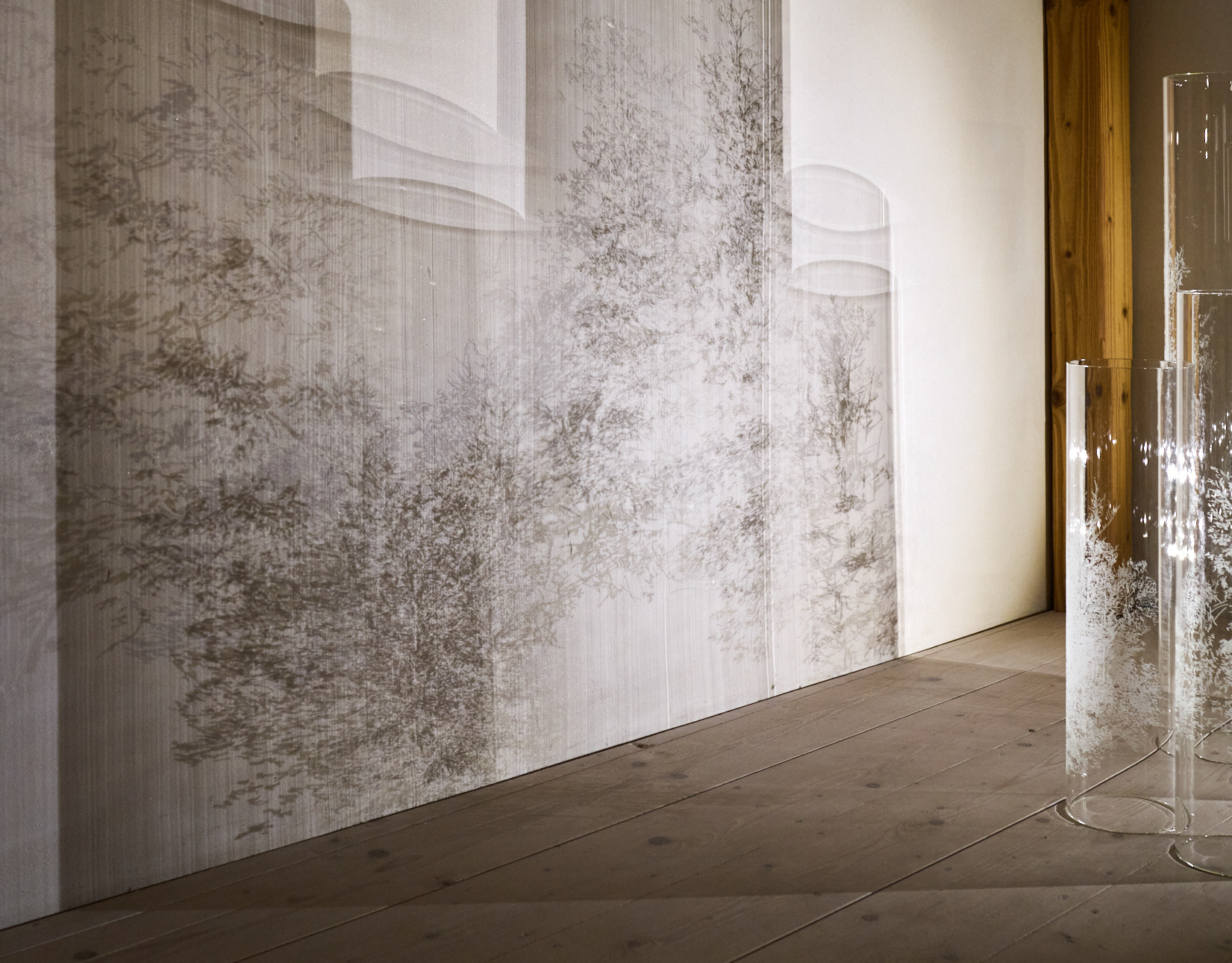
forest: installation, engraved glass tubes, LED lamps
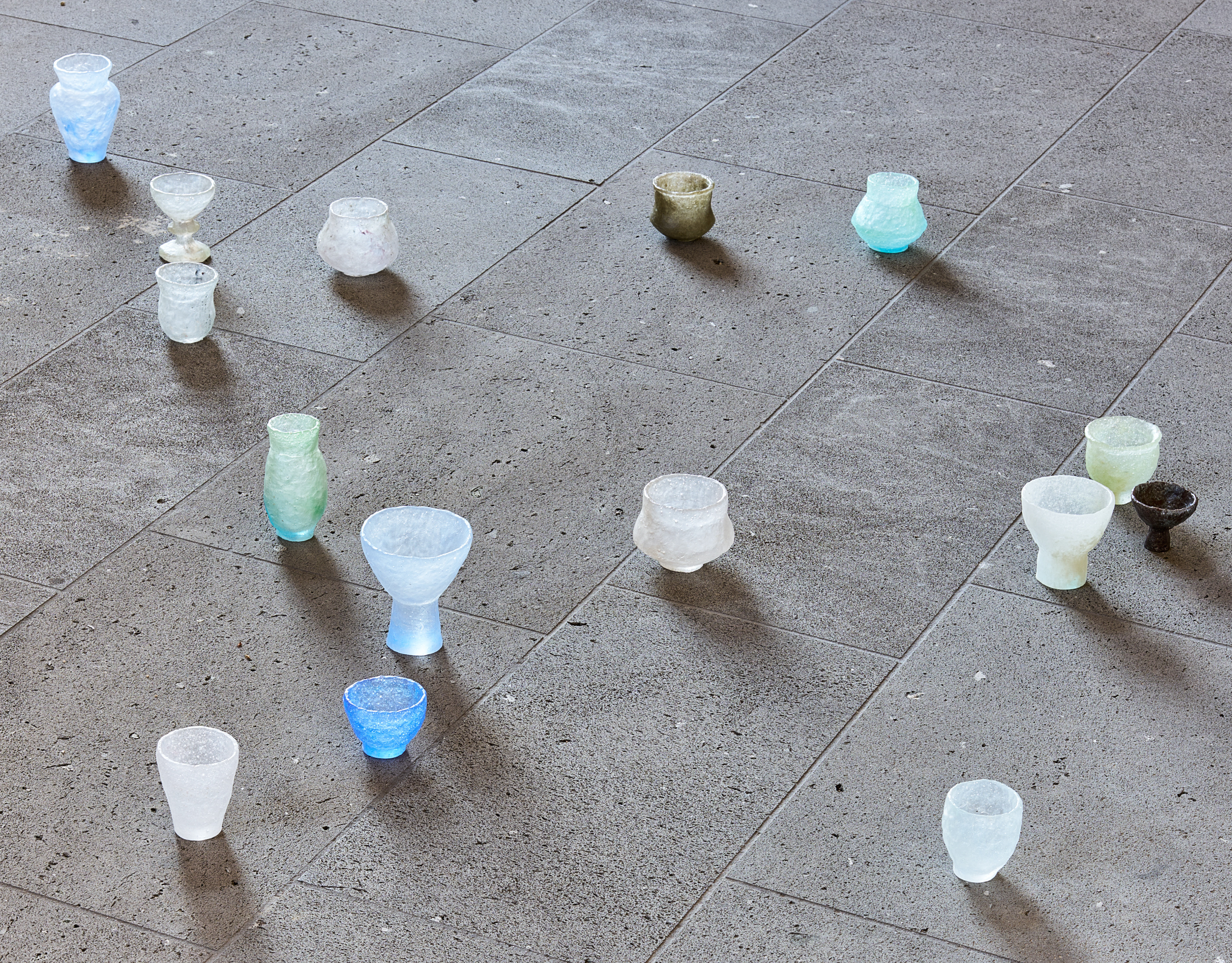
Gefäße Installation Festungskirche Ehrenbreitstein
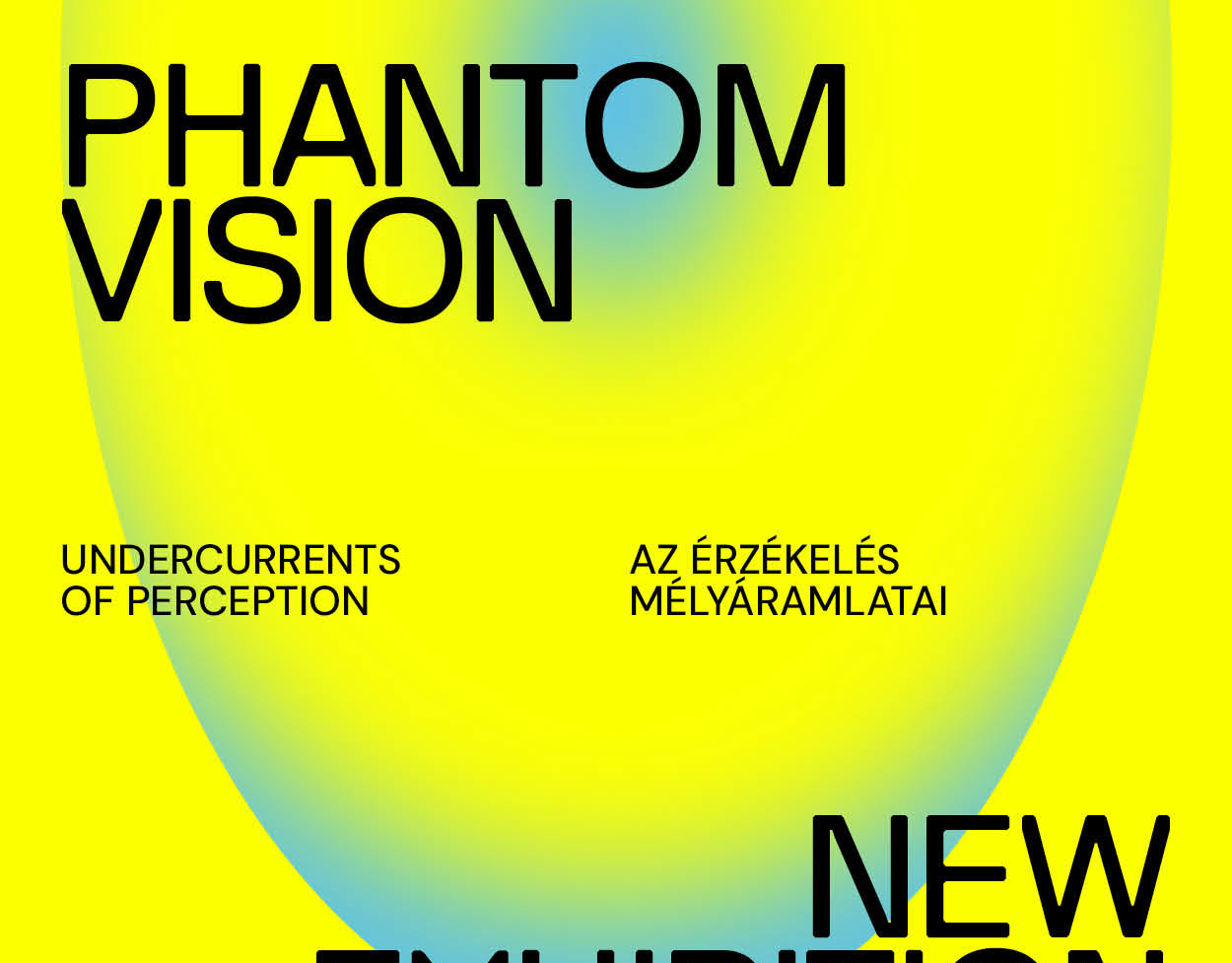
current exhibition
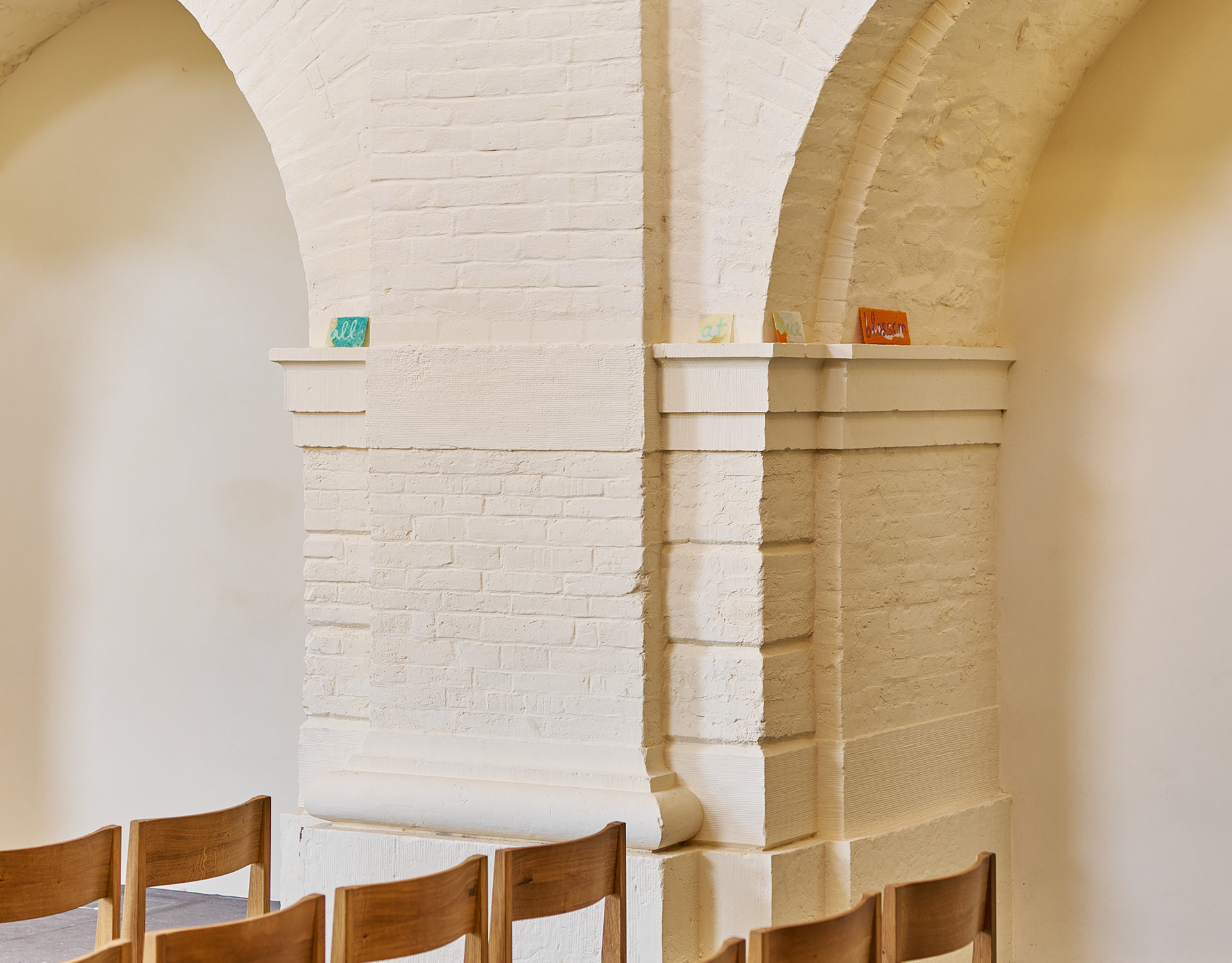
Sappho's fragments: Installation Festungskirche Koblenz
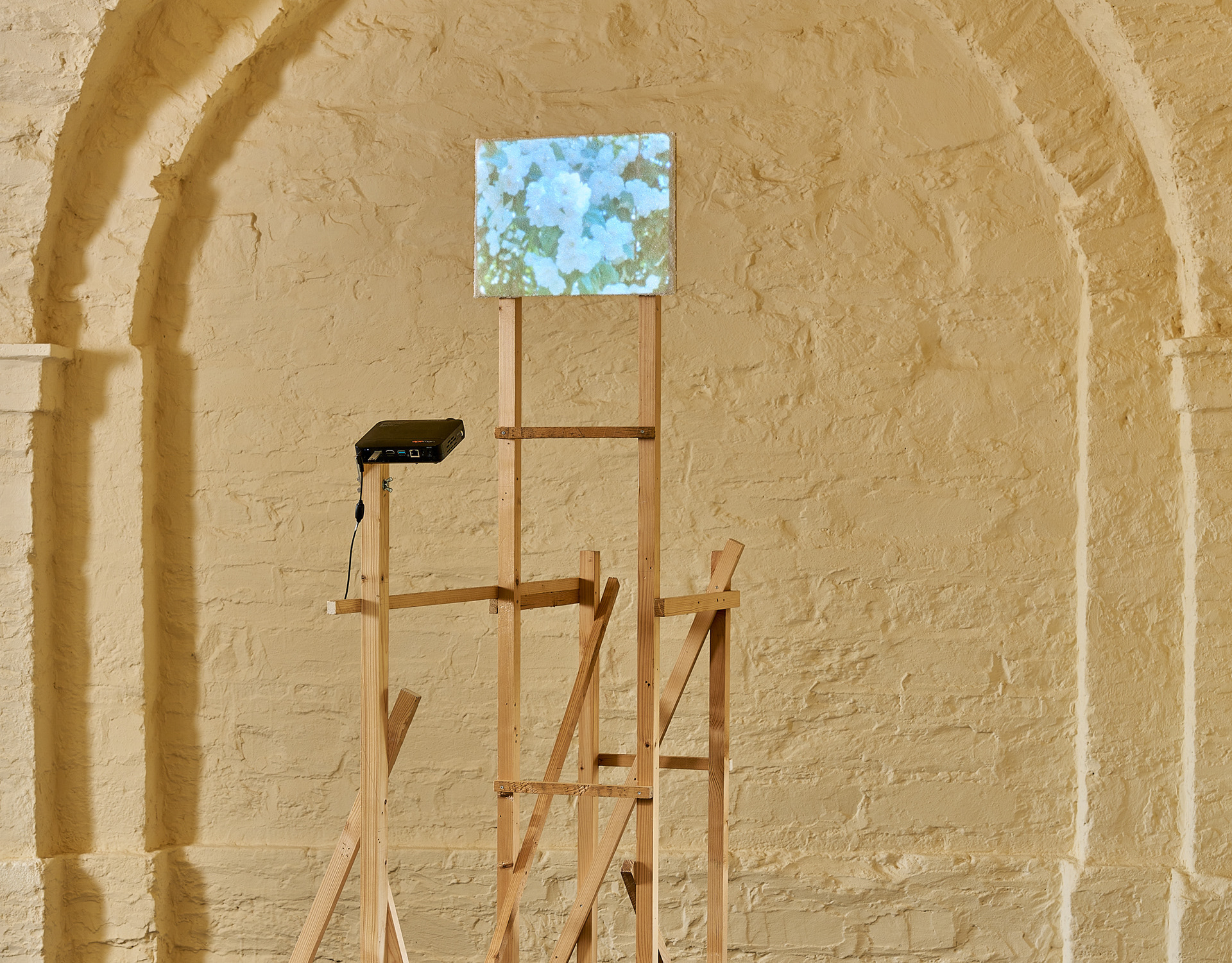
Garden
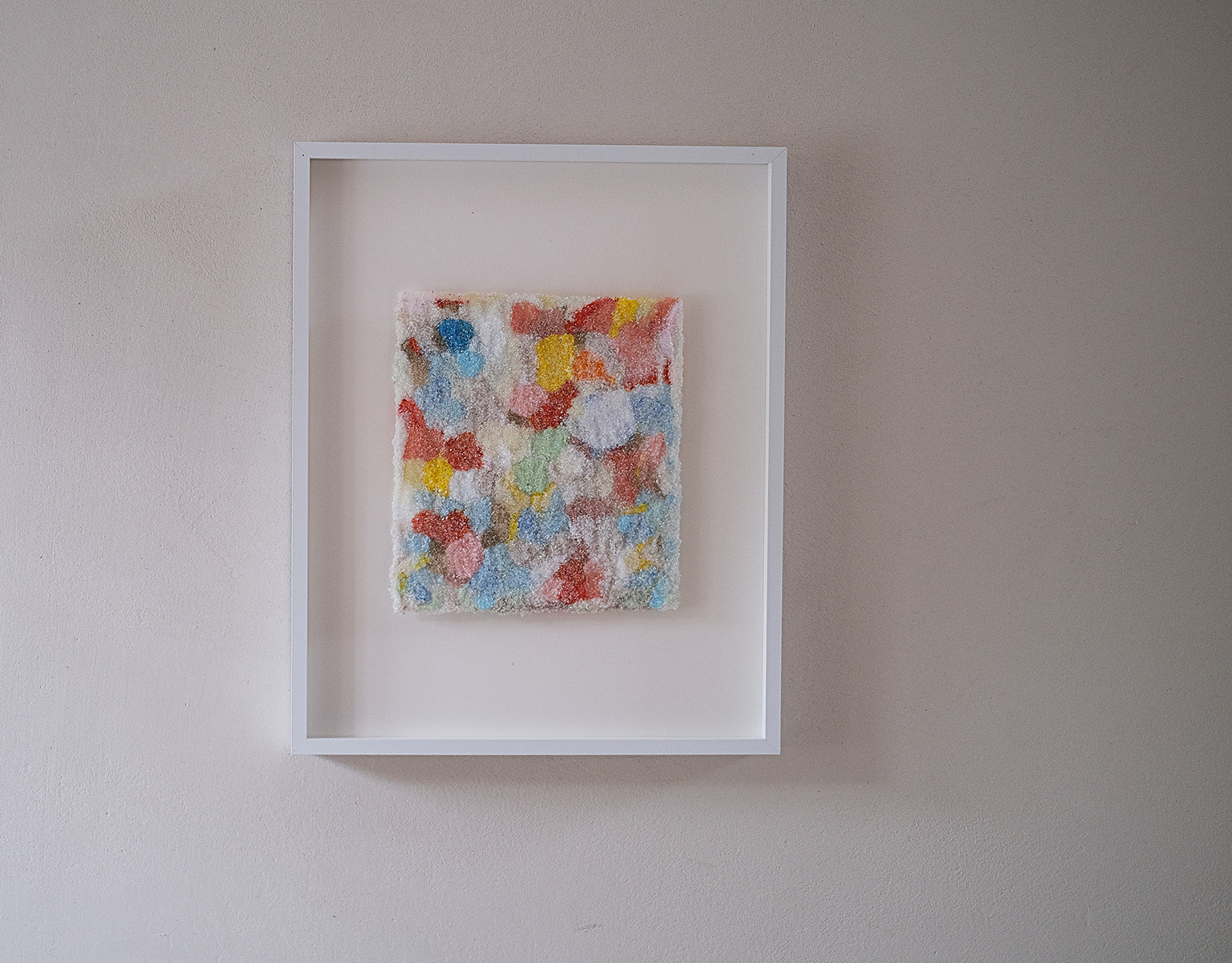
winter: pâte-de-verre glass
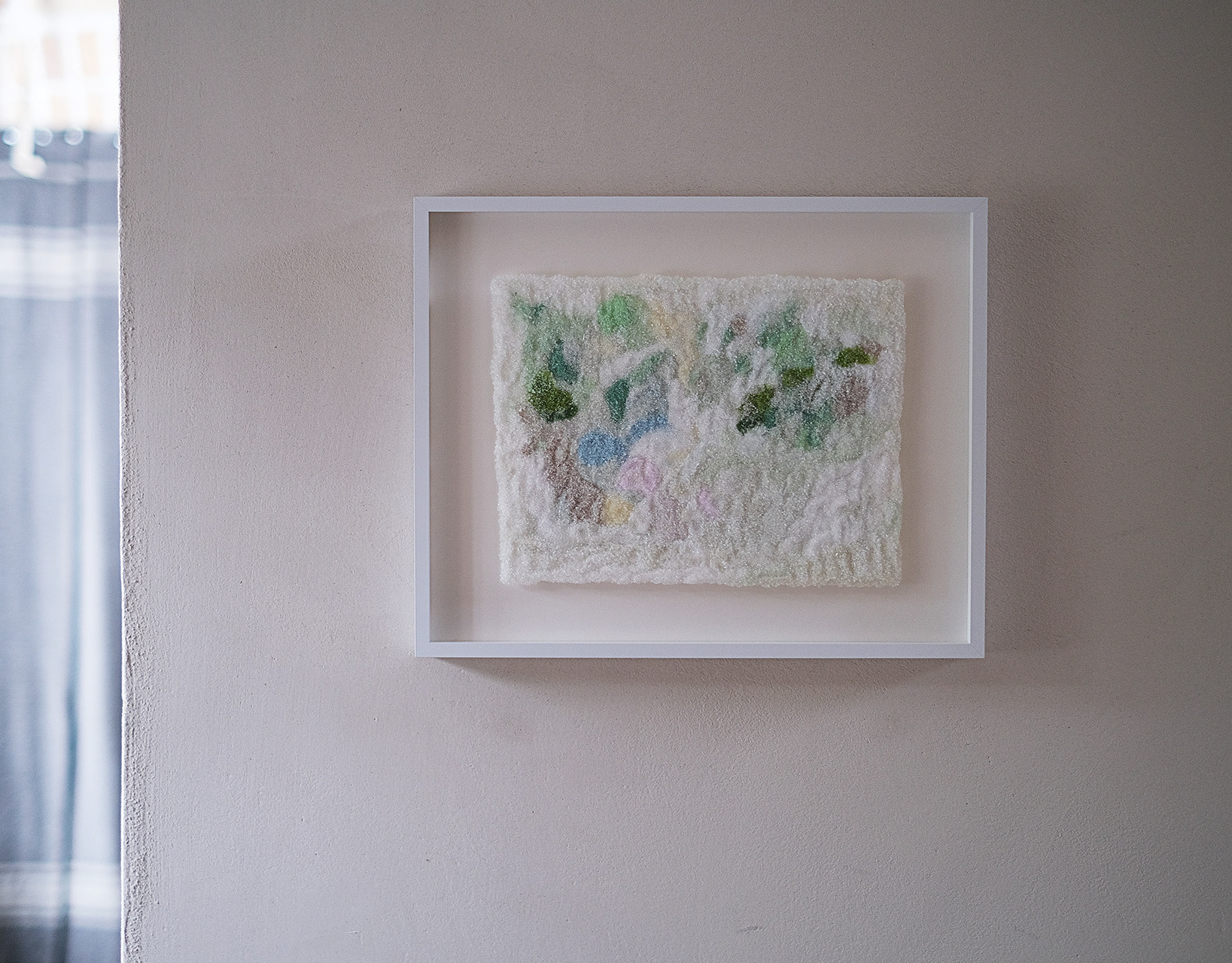
Landscape: pâte-de-verre glass
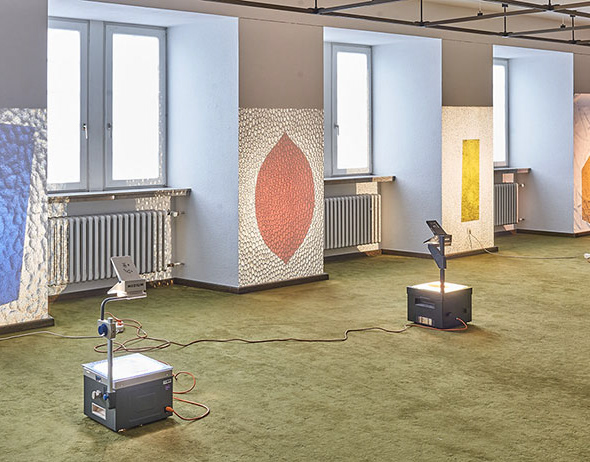
Projektion Haus Metternich Koblenz
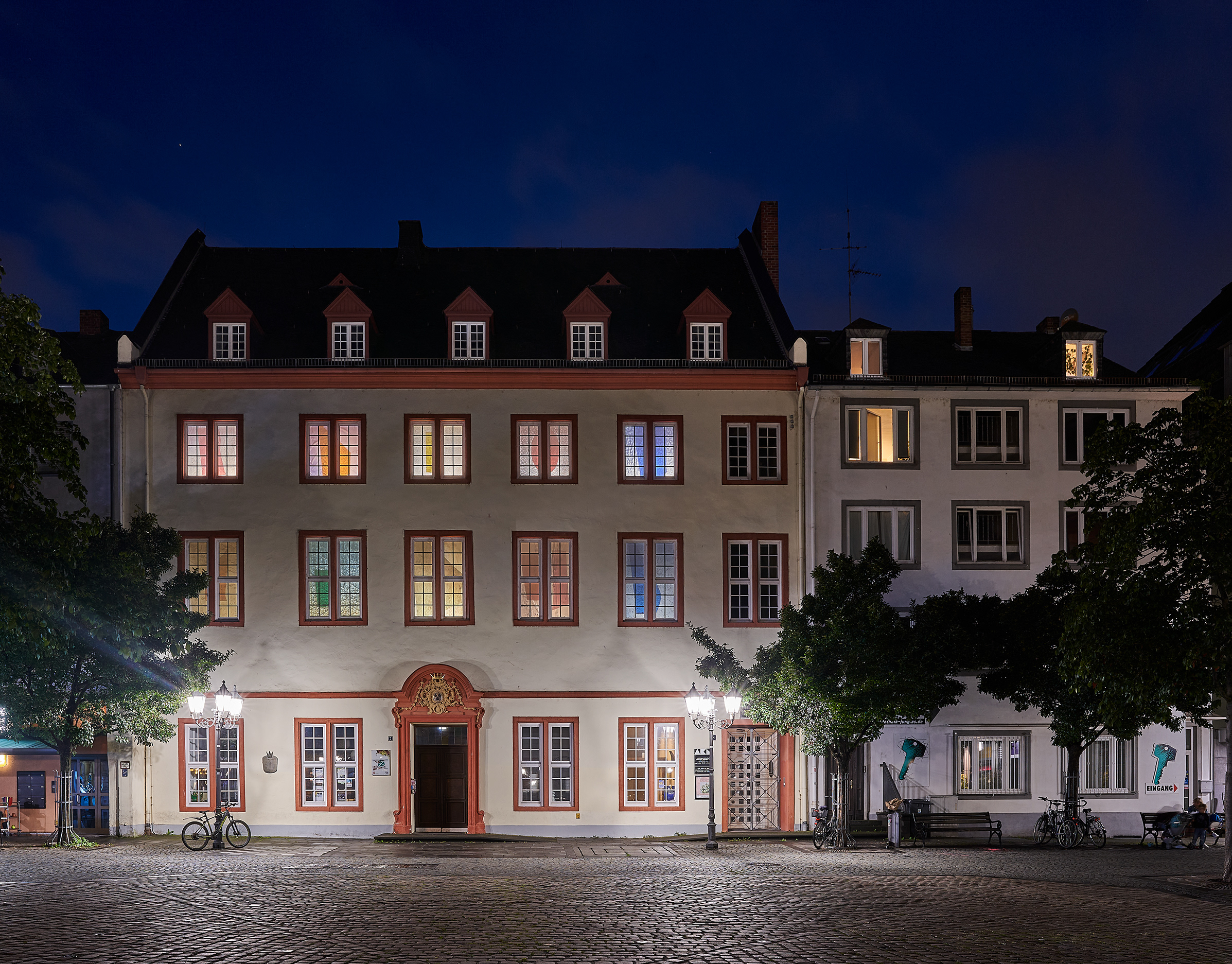
Projektion Haus Metternich Koblenz
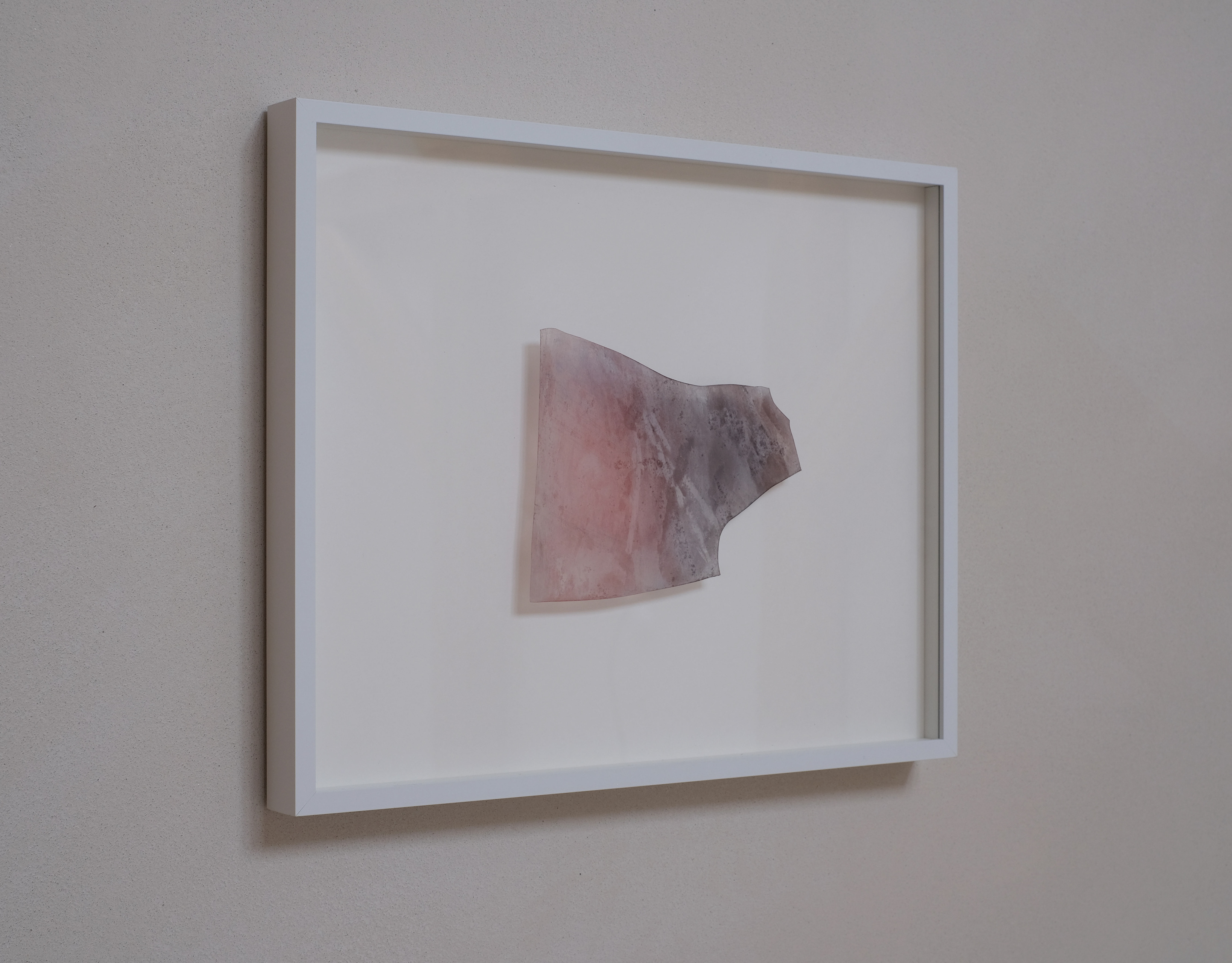
Scherben: glass paintings
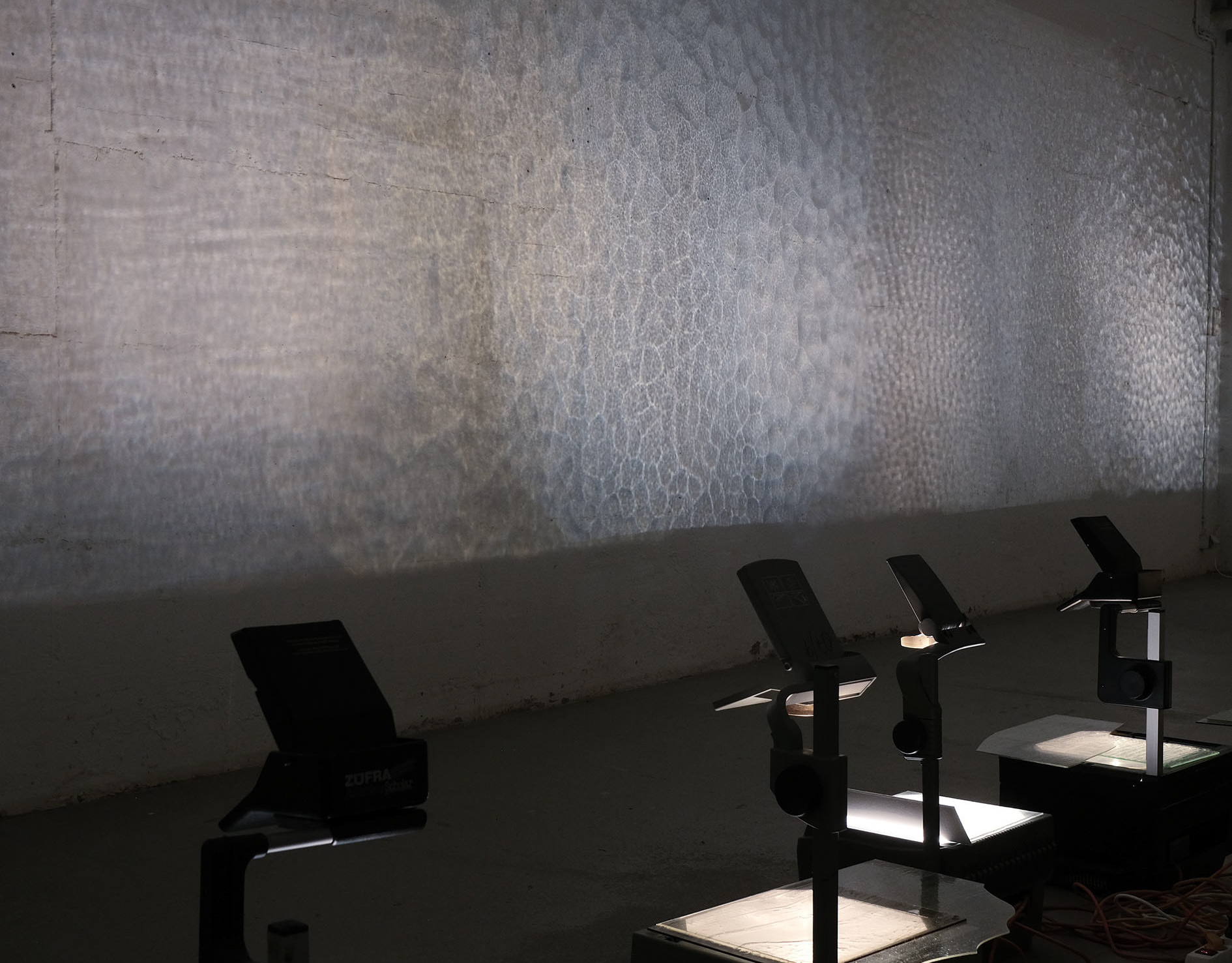
Projektion: Pumpwerk Siegburg
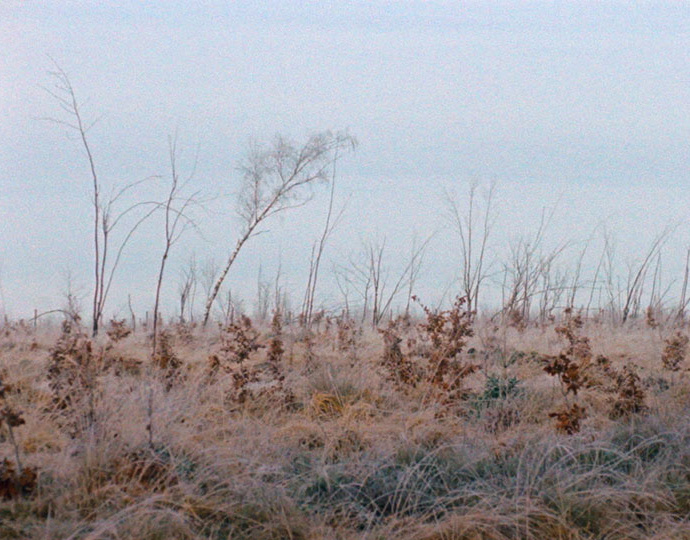
Hohes Venn: experimental film
The high fens is a protected moorland in the Eifel National Park on the Belgian border, an unreal no-man‘s land that is only partially accessible and has already lost 95% of its original size.
Again and again, the camera focuses on the ground, which is criss-crossed with watercourses and overgrown with brown grass, then pans to shrubs or birch trunks, offering rare views of the grasslands stretching to the horizon, and from there back to the ground. What emerges in this way, accompanied by a subtle voiceover rendering the artist‘s documentary impressions, is less the typical nature documentary or tourist impression of a moorland landscape than a sense of the essence of this area.
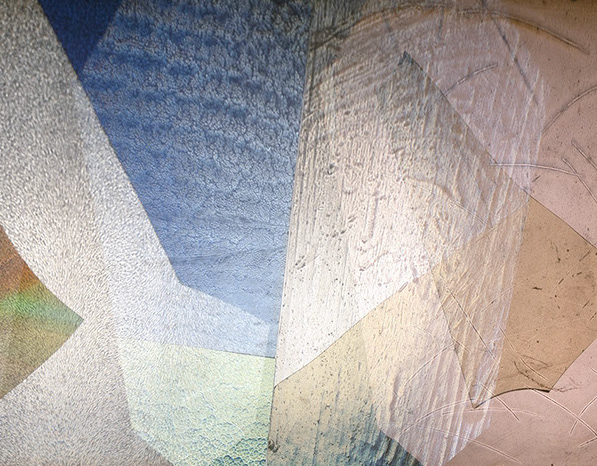
Projektion VIII: glass, overhead projectors
The installation of overhead projectors and glass panes seems like a meditation on light. It emerges from the interplay of glass and light and creates colorful, structured pictorial spaces. Through the projection of found forms from discarded glass panes, a composition of different material structures emerges on the wall and evokes a reminiscence of modernism.
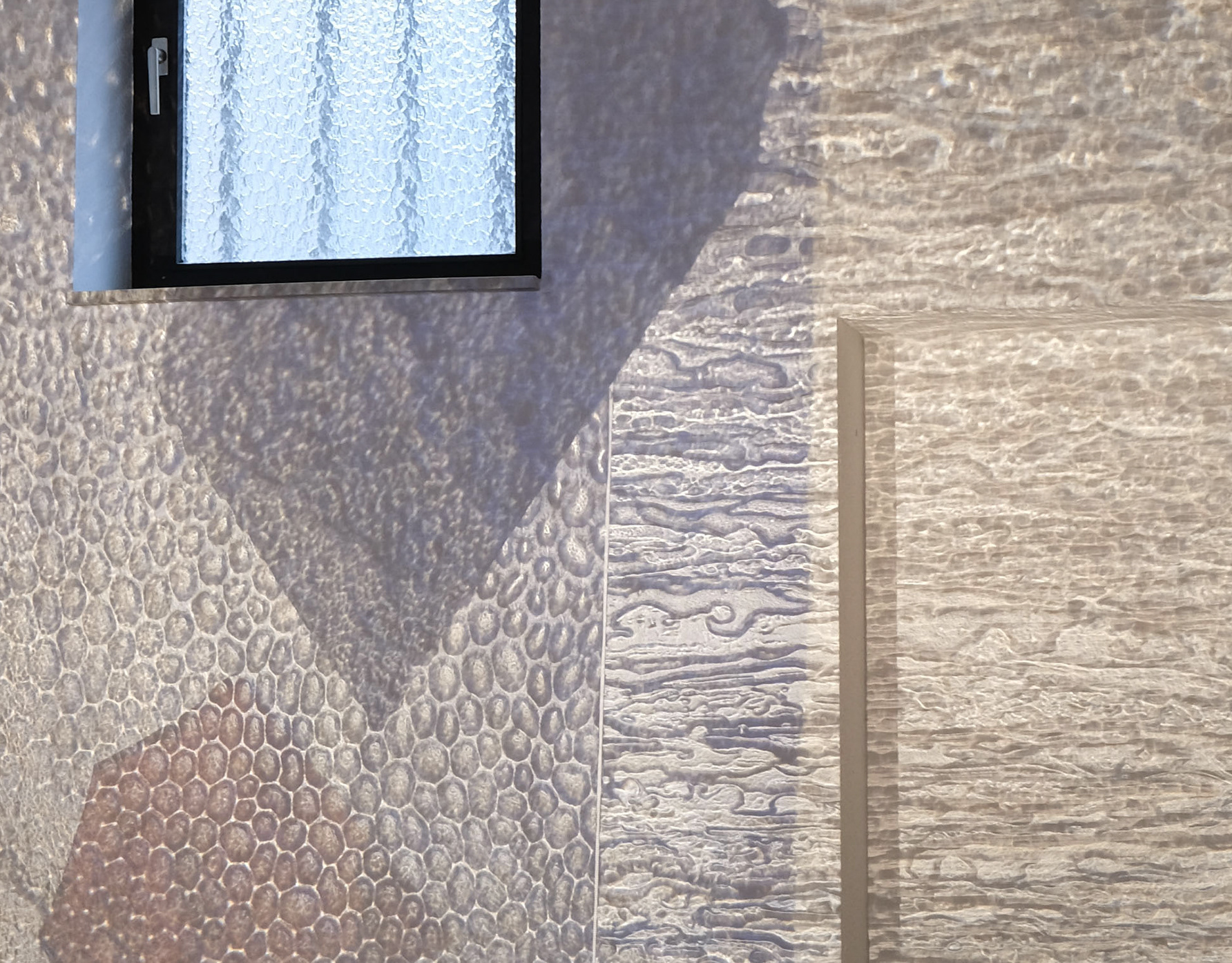
Projection (japanese garden): glass, overhead projector
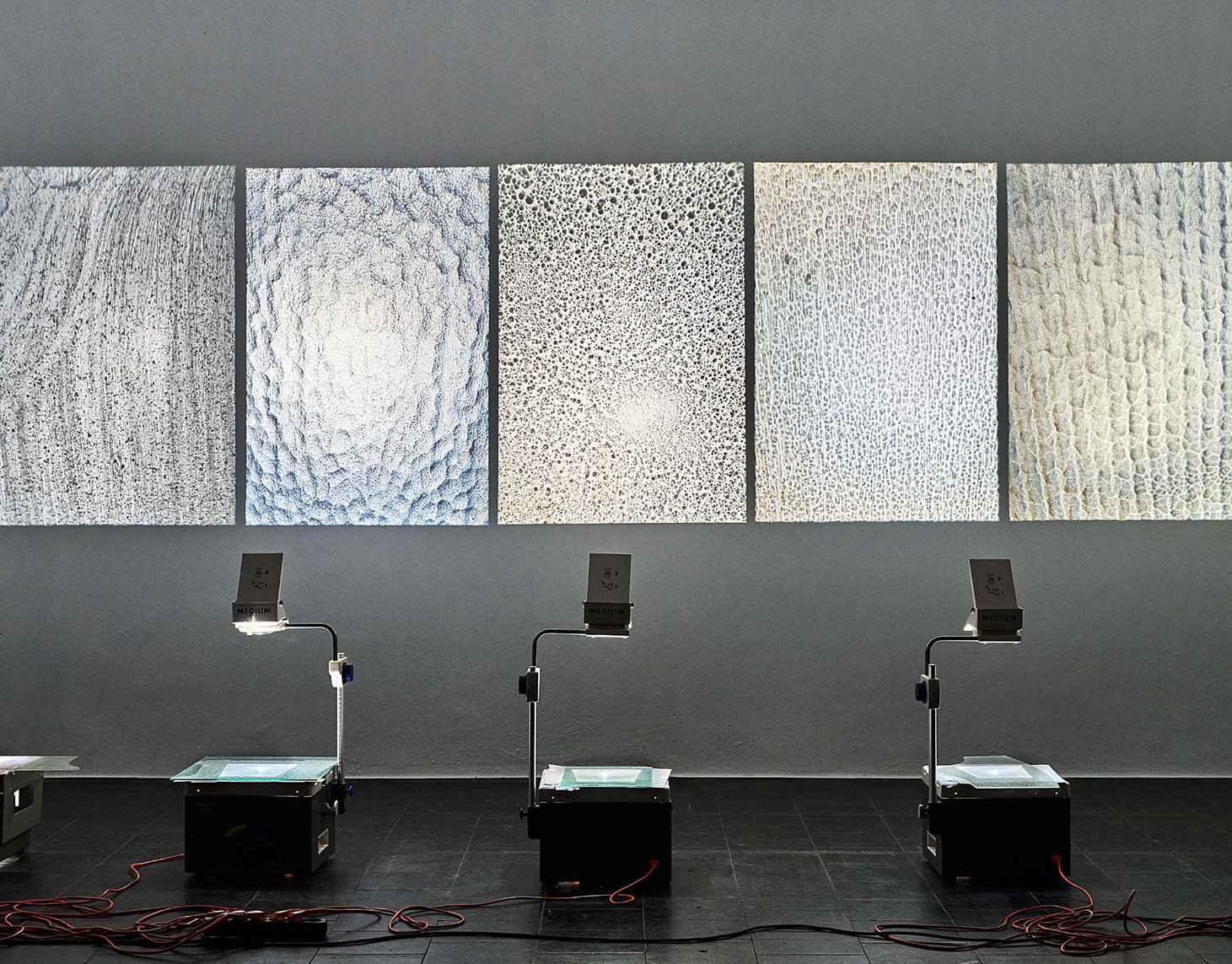
Projektion VII
2021
overhead projectors, glass sheets
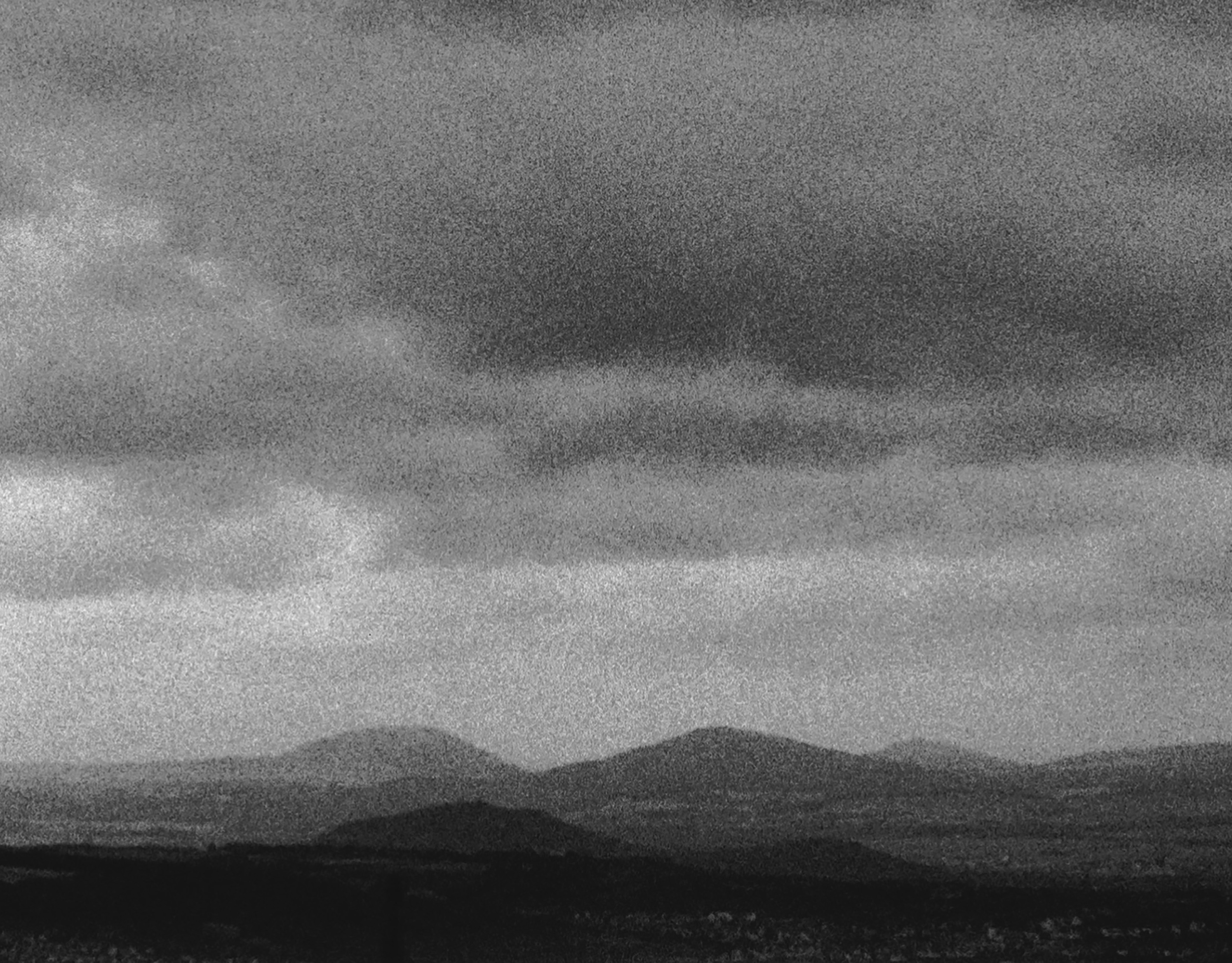
Vulkaneifel experimental film
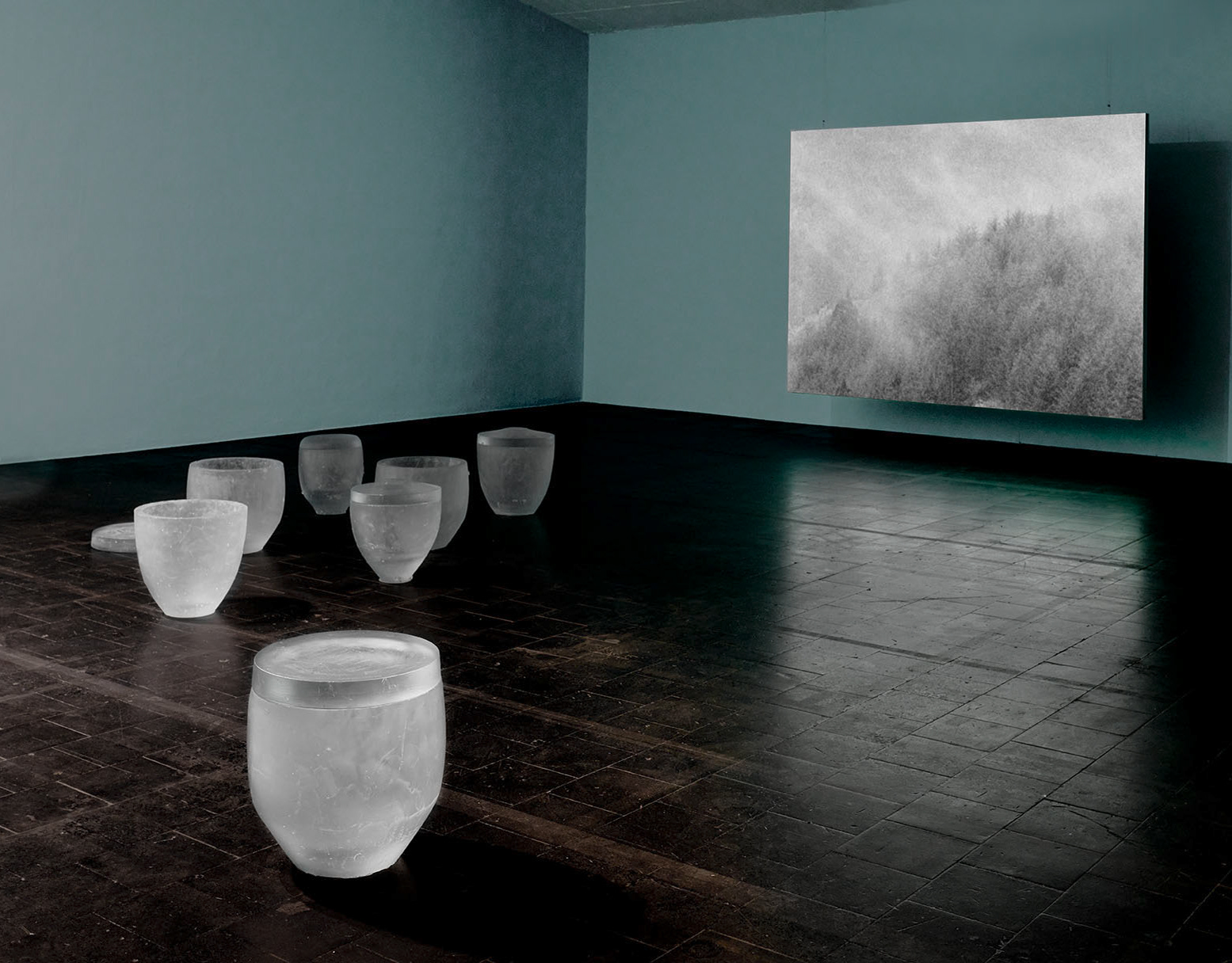
Vulkaneifel: cast glass, experimental film
The experimental film Vulkaneifel follows no narrative, no dramaturgy, but is guided solely by the places familiar to the artist since childhood, which she has visited again and again over the seasons and whose changes she has documented. A special tension between the surface and the tactility of the images is created by filming with a Bolex, which, operated by hand crank, can produce half-minute sequences on two-and-a-half minutes of 16 mm film material, with no possibility of checking the views she has chosen. Thus, the imprinting of the landscape, its sculpturality and plasticity, not only in the 16 mm film images, but also in the artist‘s memory, becomes a necessary procedure for the views and impressions she finds.
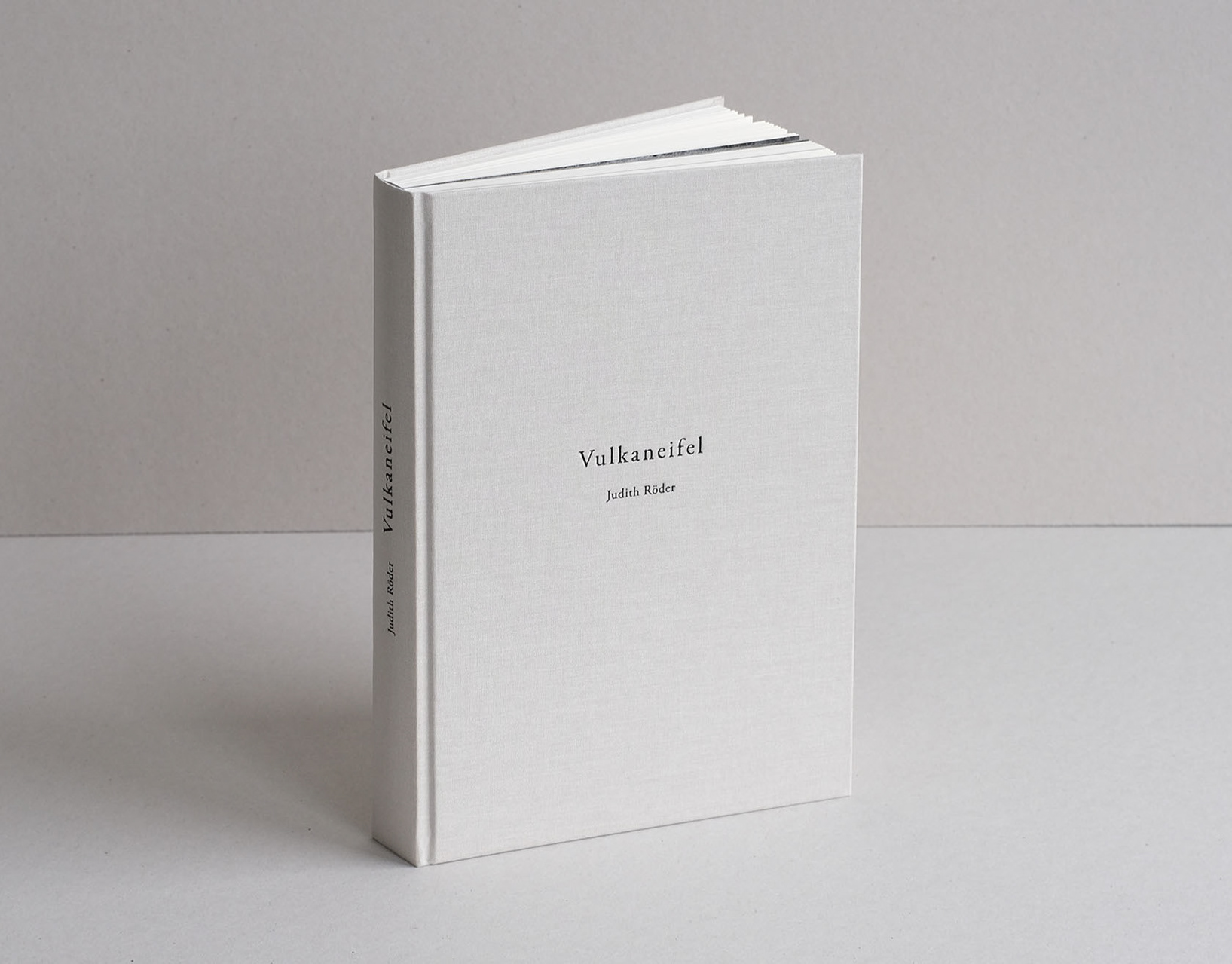
Vulkaneifel: artist book
Wide patches of fog, an avenue of poplars, changing cloud formations, treetops, volcanic craters, clearings, watercourses and rocks: Vulkaneifel uses black-and-white film images to unfold a search for the presence and grainy materiality of landscape: a culturally evolved, barren, sparsely populated region in northern Rhineland-Palatinate shaped by volcanism. The artist‘s book, parallel to her film of the same name without sound, documents with text above all also the empty spaces, the so-called lost film images.
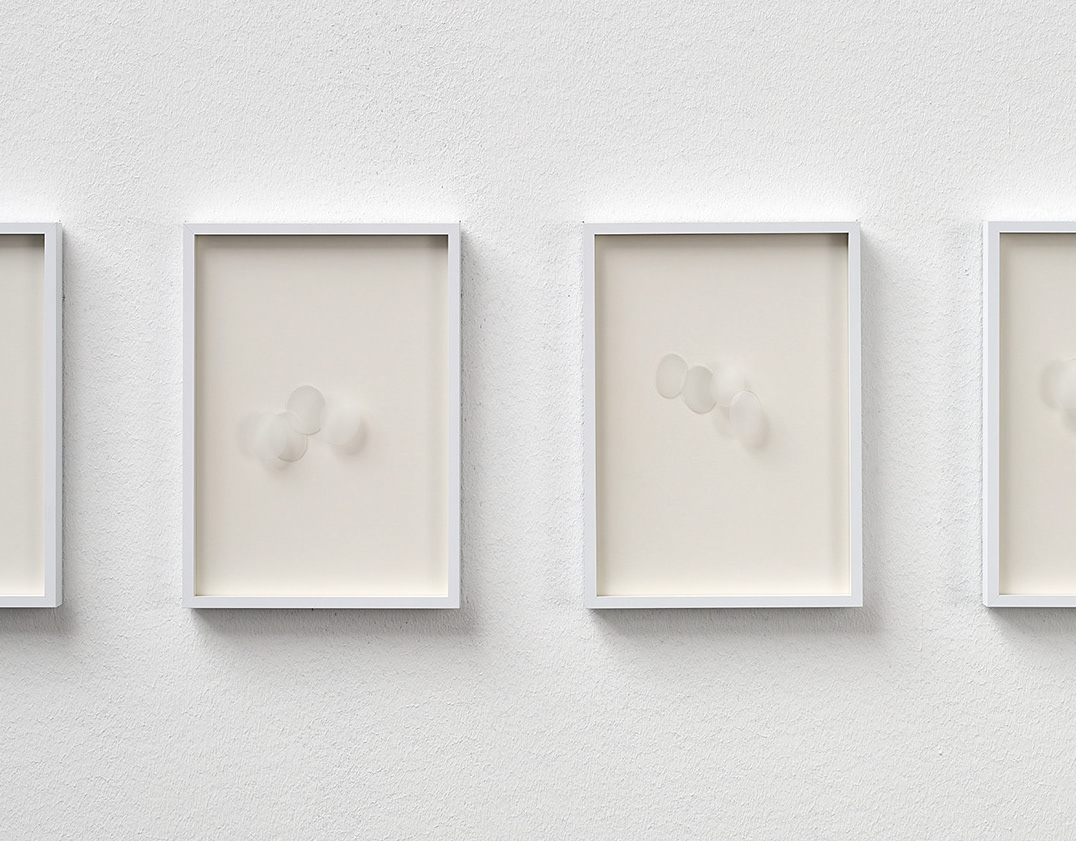
Lichtpunkte: glass drawings
Irregular spots were etched on both sides of paper-thin sheets of glass. Each spot is a record of a ray of sun shining on a wall of the artist’s studio. In the time it takes to register its outline, the ray’s position changes, forcing repetition of the activity. The sequences that create the record of light’s movement are at the same time its materialization in the form of glass.
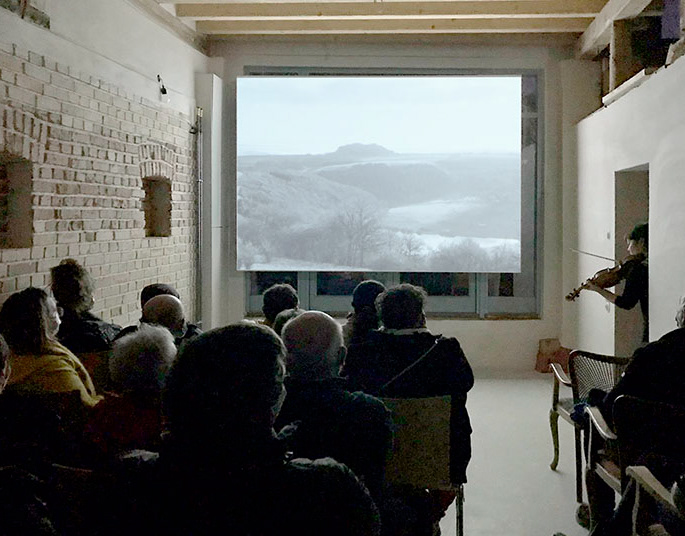
Vulkaneifel - Performance
experimental film
with Akiko Ahrendt, violin
Thinking ahead to the tradition of classical silent film, the music is less an underscore or acoustic illustration of the images than an independent interpretation of the film's form and aesthetics. Common parameters such as temporality, atmosphere and image composition or musical form influence each other and interact. The musician plays analogously on her violin, partly prepared with (natural) materials from the Eifel, to which both artists are geographically connected.
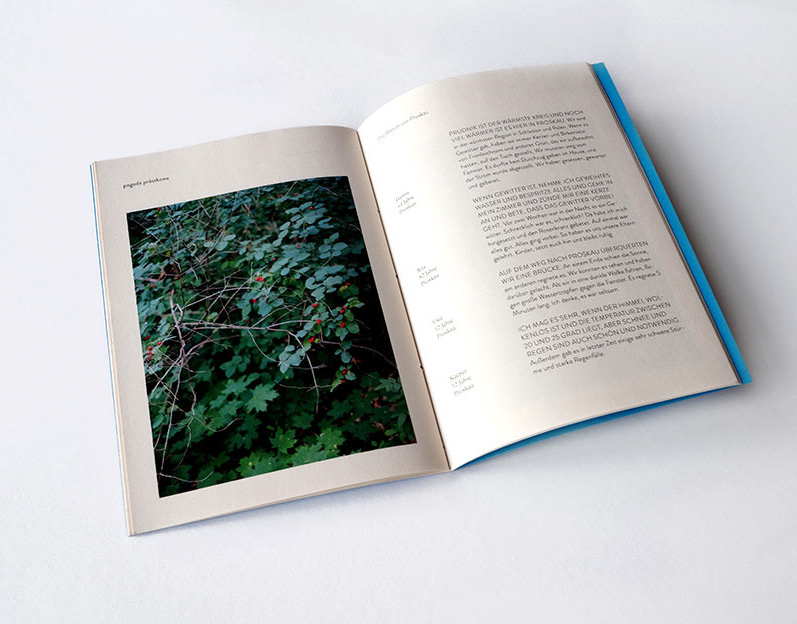
The weather of Prószków: site specific project
The artist booklet „The Weather of Proskau“ was created within the framework of the „German-Polish Art Festival - Hitzepol“, which took place in Proskau (Prószków) in Poland. The occasion for this project and the discussions with the inhabitants of the region was the 100th anniversary of the highest temperature ever measured on the present territory of Poland on 29.07.1921. The weather stations in the Pomology of Proskau, which at that time still belonged to Germany, showed 40.2 degrees Celsius: a record that has not been surpassed to this day. Since then, the climate has changed, and so one of the goals of the residency was to present current perspectives on the issue of climate change and global warming.
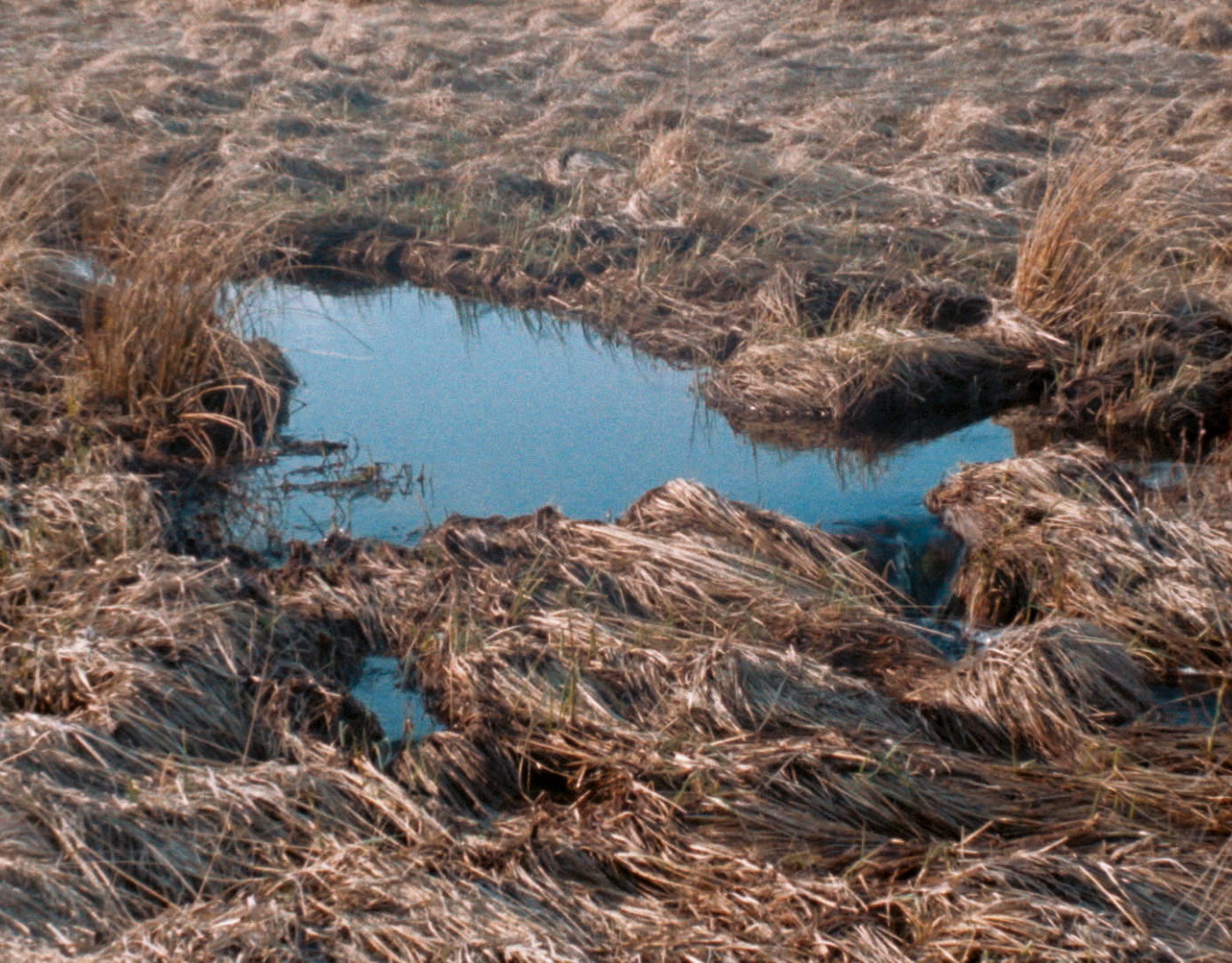
Hohes Venn: edition
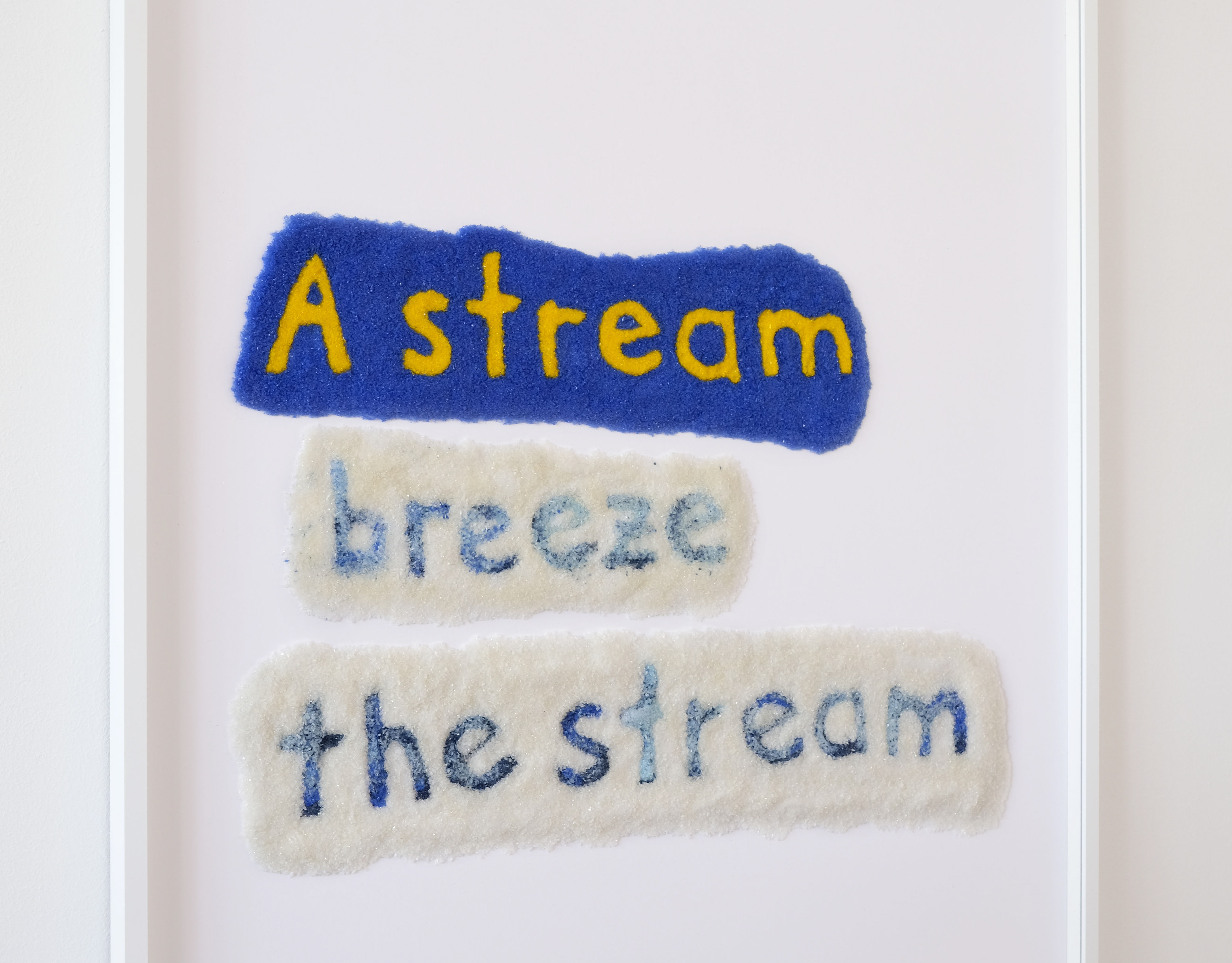
A rock: pâte-de-verre
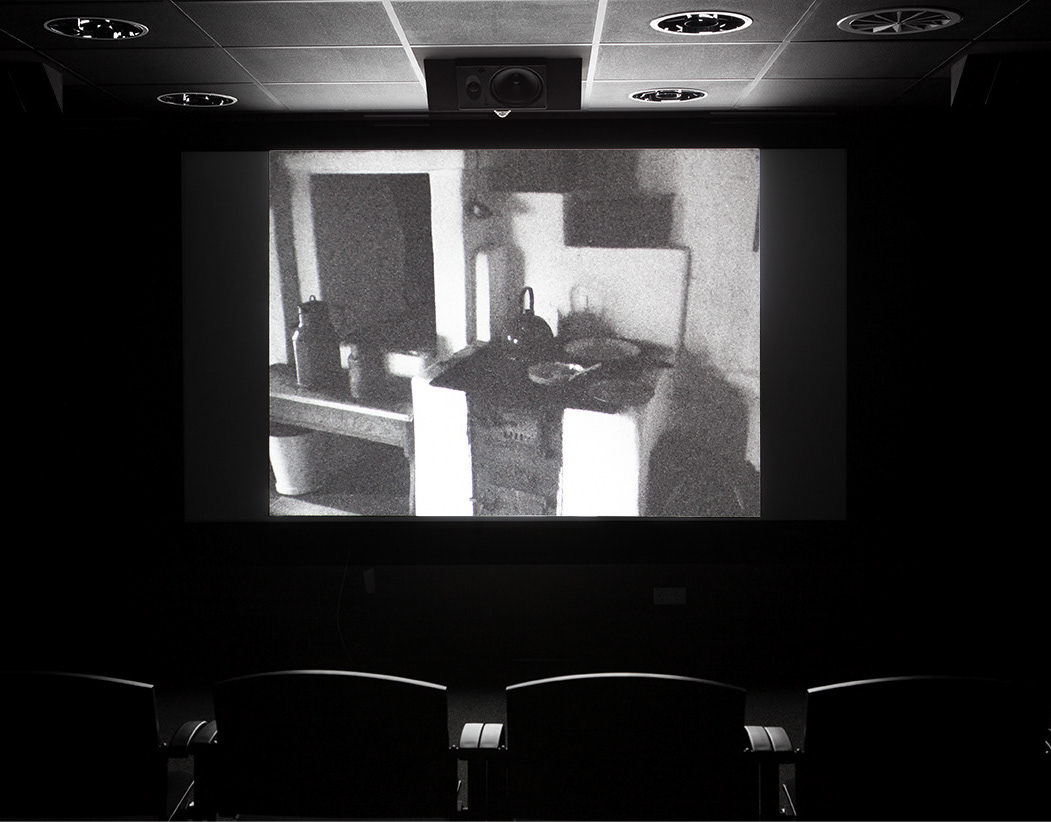
Okno: experimental film
Everywhere signs of change, transformation, decay. A flock of birds flying over blowing leaves in the autumnal park, overgrown letters carved into the bark of trees, loose shreds of an advertising poster, dilapidated churches and aging monuments. In Judith Röder's film "Okno", the very big and the very small serve equally as witnesses of past times and still visibly bear the traces of a past present.

Vulkaneifel: filmstills, digital prints, framed
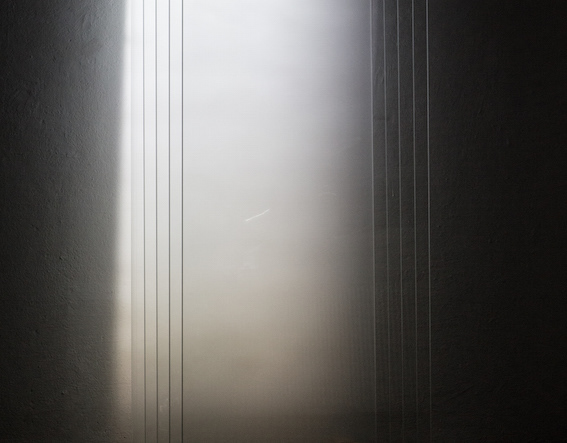
Projektion VI: glass, wood, video projection
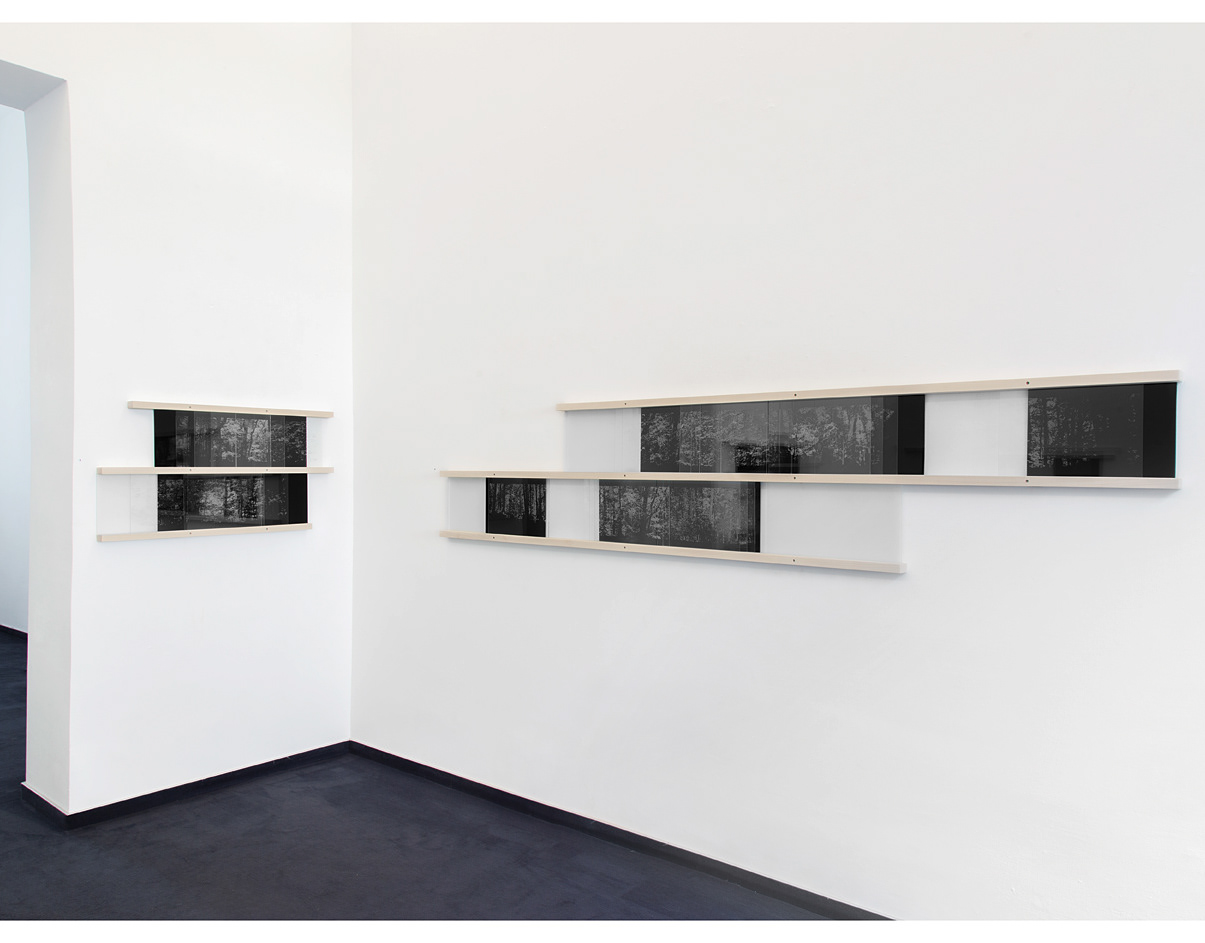
Timeline: engraved glass, wood, video
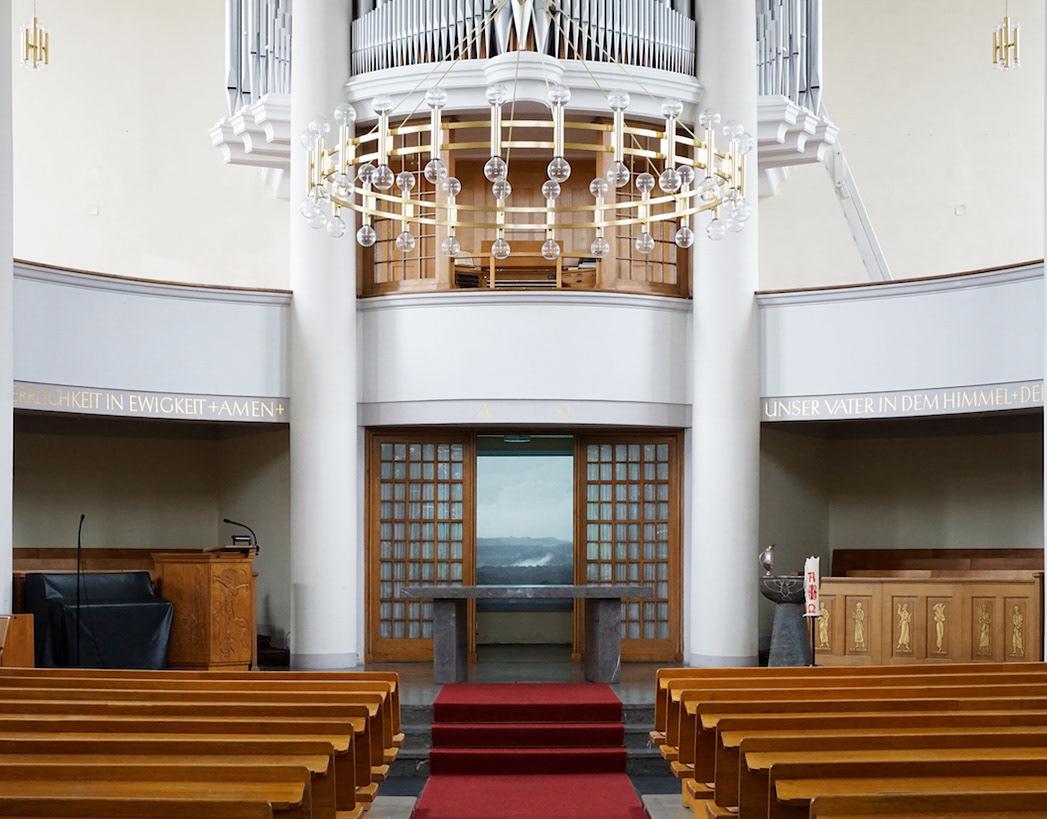
Zwölf-Apostel-Kirche Frankenthal: installation
"The foxes have their dens and the birds their nests, but the Son of Man has no place to lay his head." (Lk 9:58)
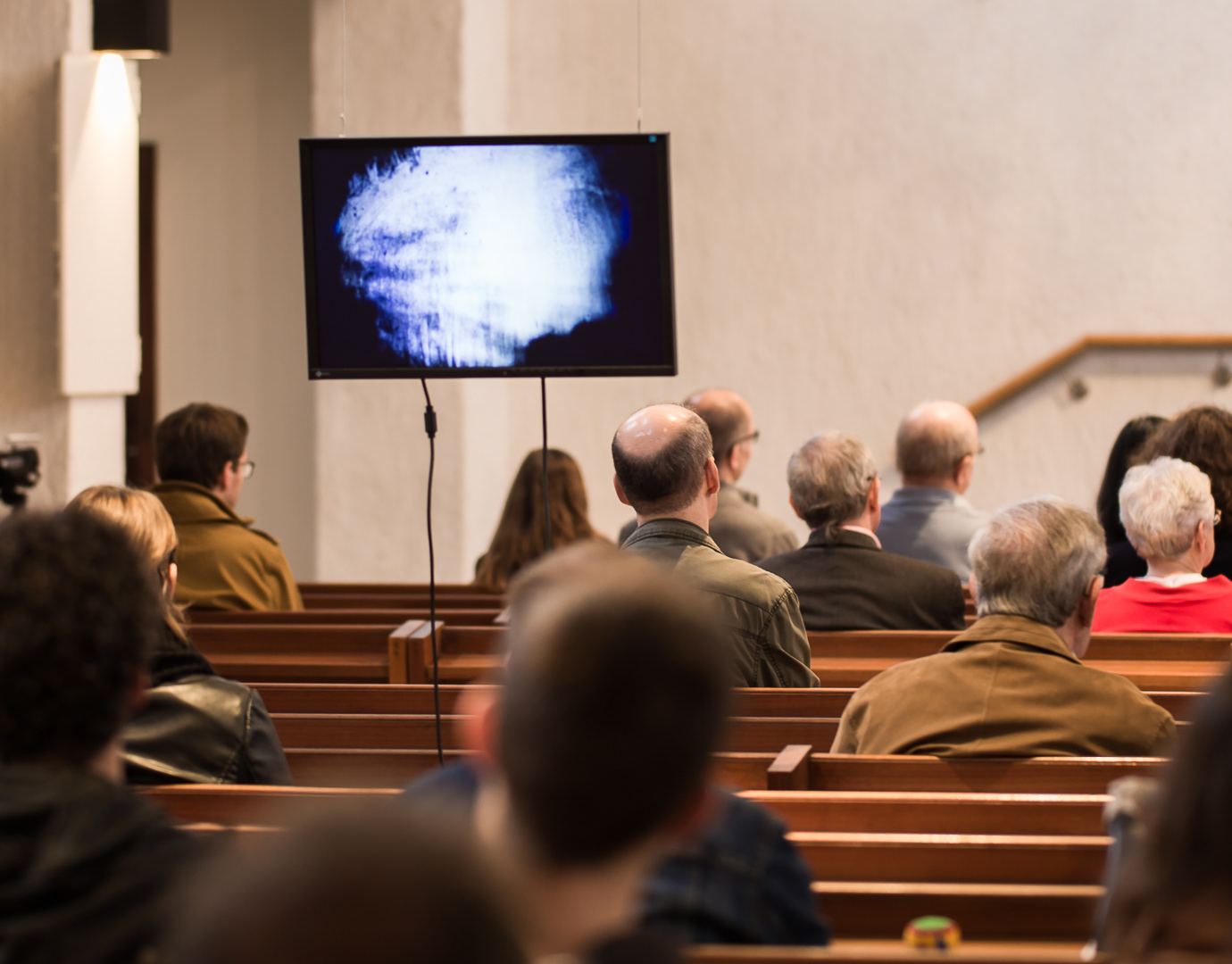
Schirm: video installation
On a monitor a bright spot appears every so often. It is a documentation of water vapour contained in breath and condensed on a windowpane. The image slowly fades for about 20 seconds, but after one minute it reappears. Its volatility hinders any attempt to recognize its shape, but each reappearance brings new hope.
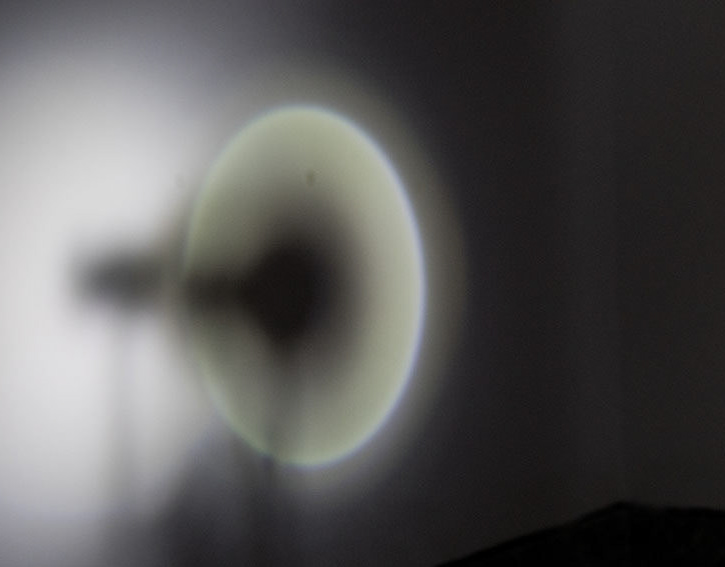
Schirm: light installation
Two opposing spotlights seem to be sending beams of lights of changing intensity towards each other. Between them a small double glazed window is positioned. The window has mirrored dots on each pane. Their surfaces reflect the vibrating rays of light and direct them back to their sources. The work refers to Jacques Lacan’s reflection on the concept of the screen (écran).
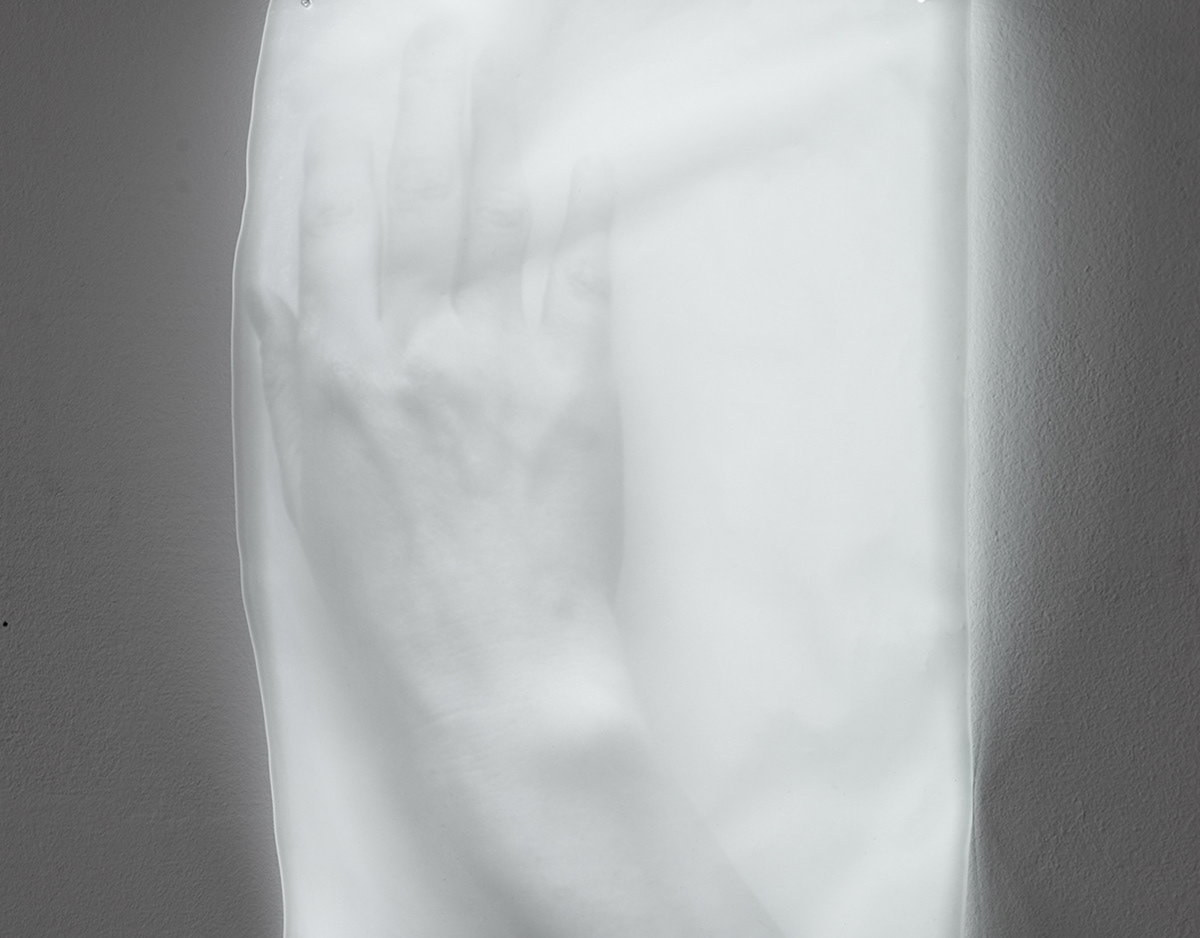
Hand: slumped glass, video projection
The video of a hand is projected onto a small, undulating pane of glass. It scans the glass surface in its deformation and checks the tactile properties of the material: cold, soft, hard, delicate, brittle, rough, ...
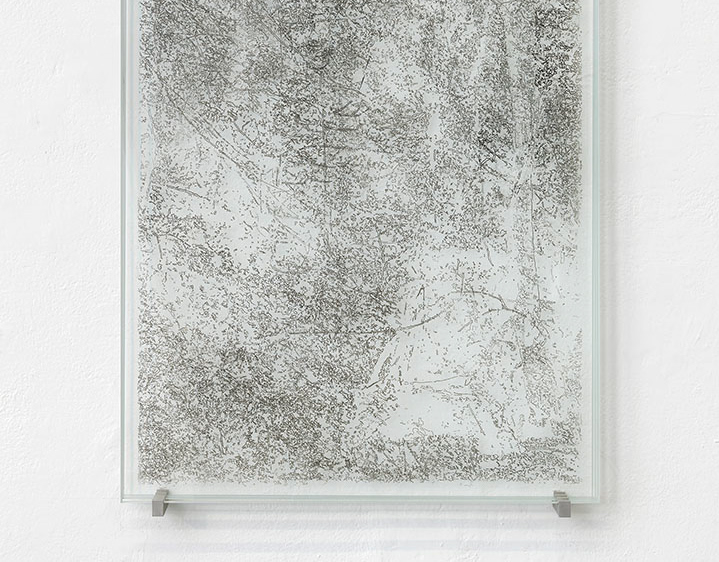
Dickicht: engraved glass, china ink
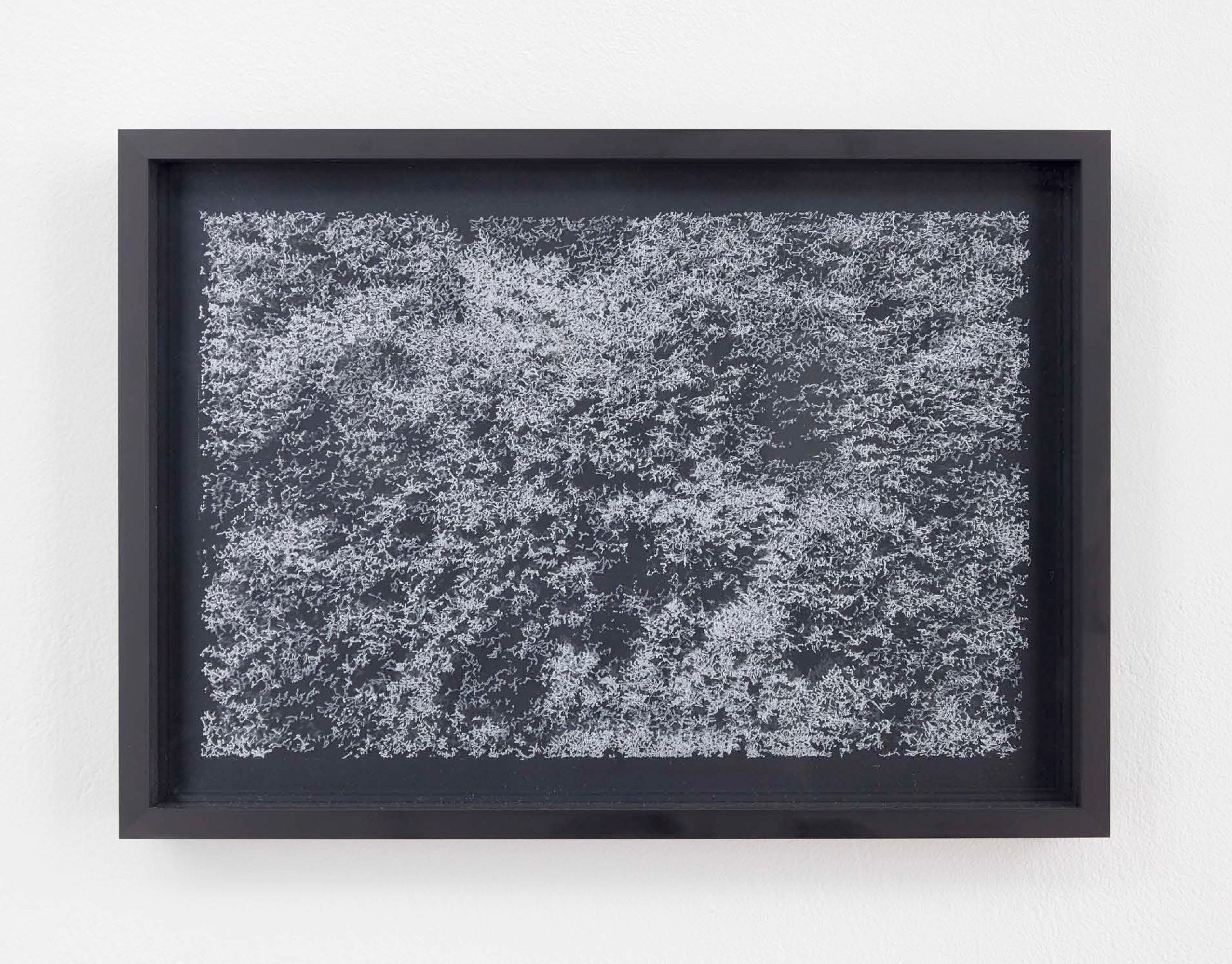
Waldstück: engraved glass
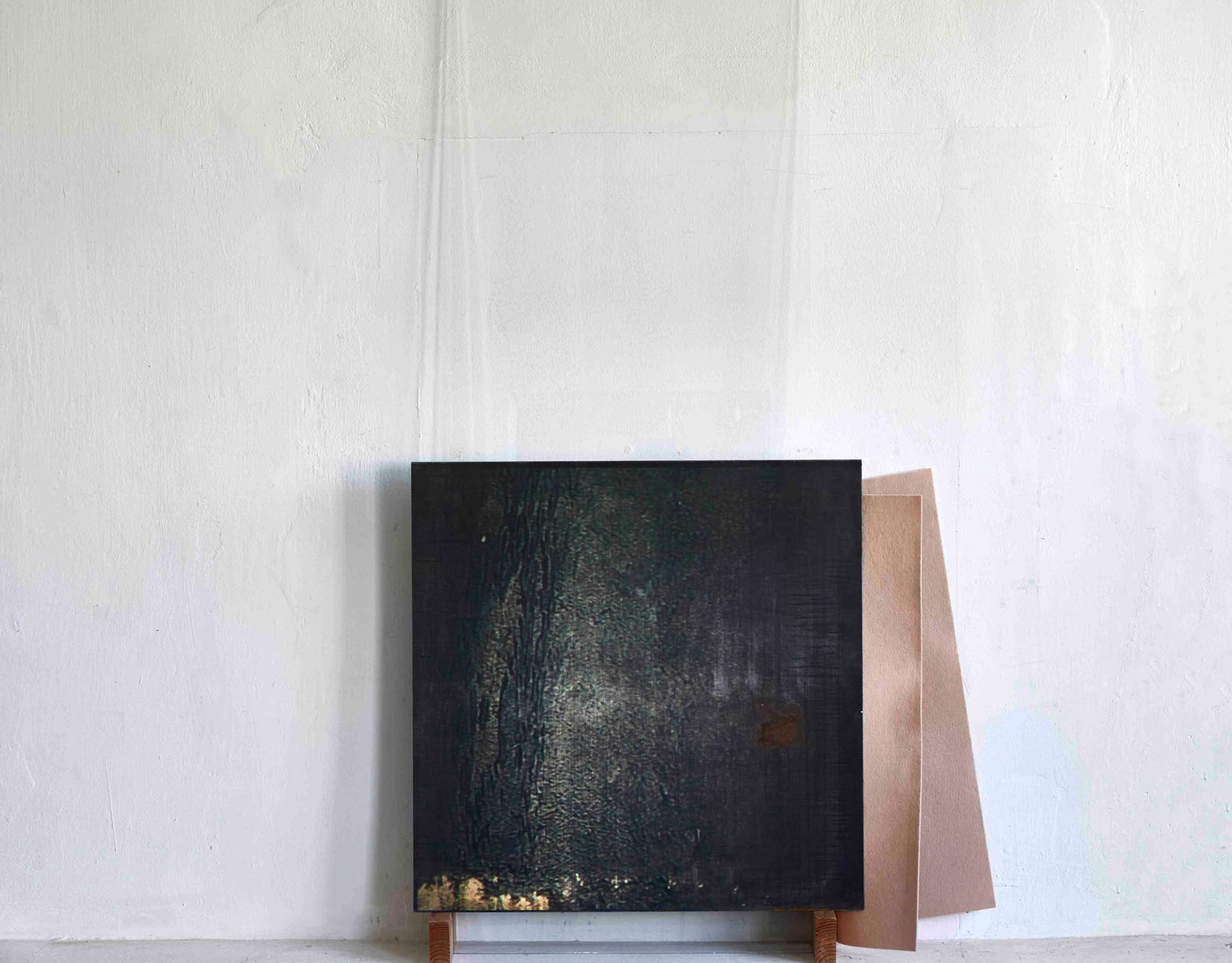
Projektion IV: glass, metal, felt, wood, video
Placed on a platform, the installation is composed of a colorless industrial glass sheet, reclaimed sheet of metal, wooden blocks and a piece of fabric. It has height of an average person. Onto the dark metal surface an image of running water is projected. The liquid’s movement introduces the aspect of time, and hints at the changeable state of matter. The contrasting properties of materials complete each other, and create a harmonious composition bearing similarities to the portrait of human body [sic!].
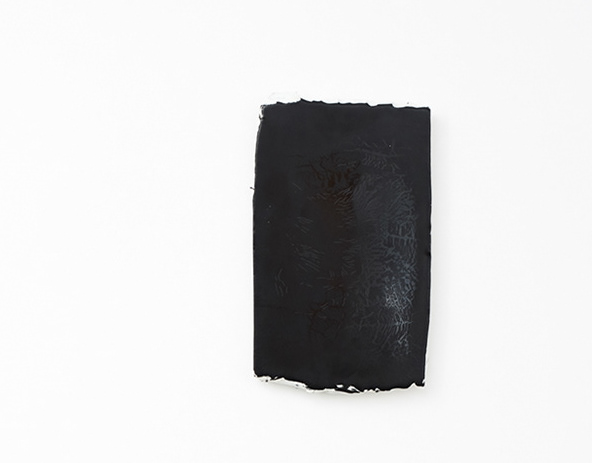
Black: cast glass, engraving

Projektion II: glass, video projection, wood
Five transparent panes are placed vertically in a short distance apart as a high rectangle in the two arms of a wooden rod. The video recording of a moving stream of water is projected onto the panes. The motif connects with the „liquid“ glass. The movement is, depending on the spatial light conditions, partly only recognizable by slight light reflections. The light, which is thus only just moving, gives the rod shape, which is diffusely visible through the pane, the meaning of an auratic sign of life. Transparency in its inversion is a suggestion, a mystery.
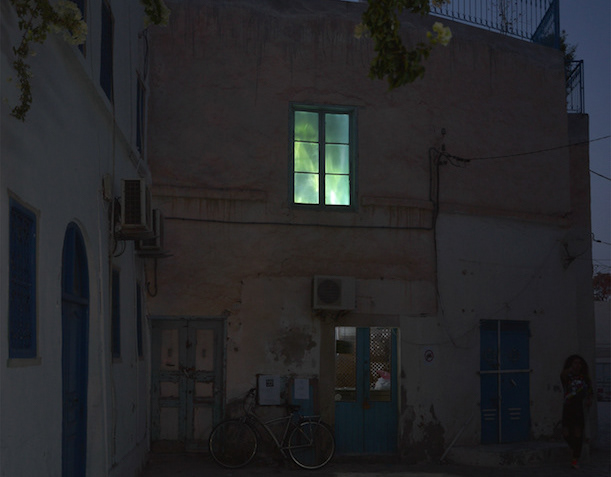
Choubek: site specific installation
Djerba/ Tunisia. In the center of Houmt Souk, the capital of Djerba, many historic buildings stand empty and are threatened by decay. In one of the windows a video of a watercourse is projected. The surface of the water oscillates between reflection and transparency, between calm and moving waves. The window, normally dark and closed, appears in changing light, referring to movement, life and mystery.
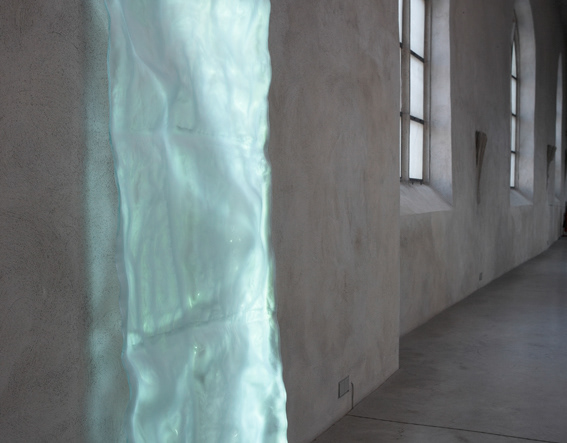
Pli: glass video installation
Leaning on edge against the wall is the glass cast of a rumpled bed sheet, which bears the traces of the night in its folds and formations. Where a human being left impressions through his movement, the viscous hot glass has found the folds (French: pli) through a plaster mold in the melting furnace and taken them over during cooling. In the process of movement and standstill, the glass becomes a memory of time. Judith Röder couples this „memory surface“ to a video projection that takes up movement, standstill and change. Brightly colored contrasts in light and dark nuances reflect on the folds and curvatures of the glass until the glistening light refracts in the glass and the movements of a sleeping person become recognizable in shadowy images. Glass and video alternately transform the present and the absent into an illusion of light.
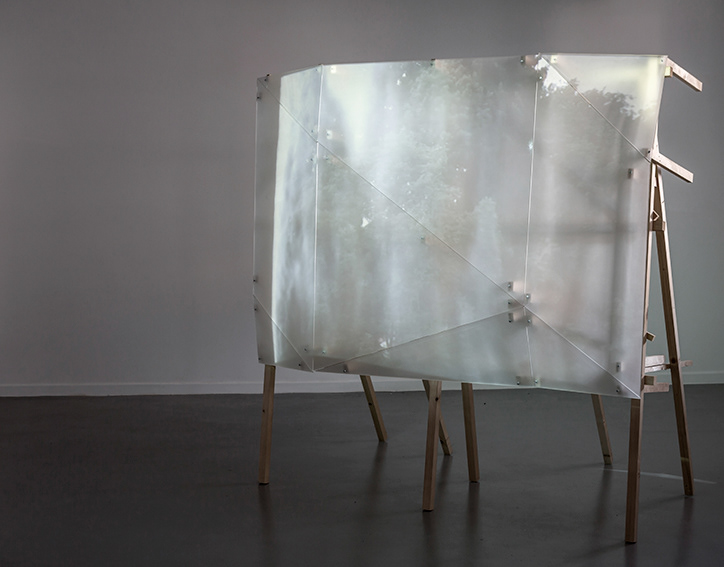
Projektion III: glass video installation
The wooden construction holds nine geometric sheets of sandblasted glass, which, together, form a spatial, translucent screen. On this screen the image of trees is projected. The image is of trees obscured by slowly moving milky fog - drops of water springing from a nearby source and blown by the wind. The material part of the installation constitutes a static repetition of recovered and registered visual structure.

Vorhang: glass video installation
The installation, a part of the artist’s graduation work, is composed of three hanging sheets of glass, each slightly bigger than the other. An image of a curtain moving in the wind is projected on the first sheet, while on the others only a fading diffused light can be seen. The translucent white surface creates impression of depth, and the fabric’s movement both soothes and provokes.

Mein Atem: blown glass
On a white pedestal, protected by a glass cover, rests a delicate, glass vial. A brass plate bears in heavy letters the title „My Breath -12.10.2009 / 11:23-11:24“ A breath-out, a breath-in. The result of the traditional glass blowing technique is a straight, fist-sized inconspicuous vessel that captures nothing less than the quintessence of human existence in its split-second becoming and passing. The imprint of breath frozen in the hot glass.